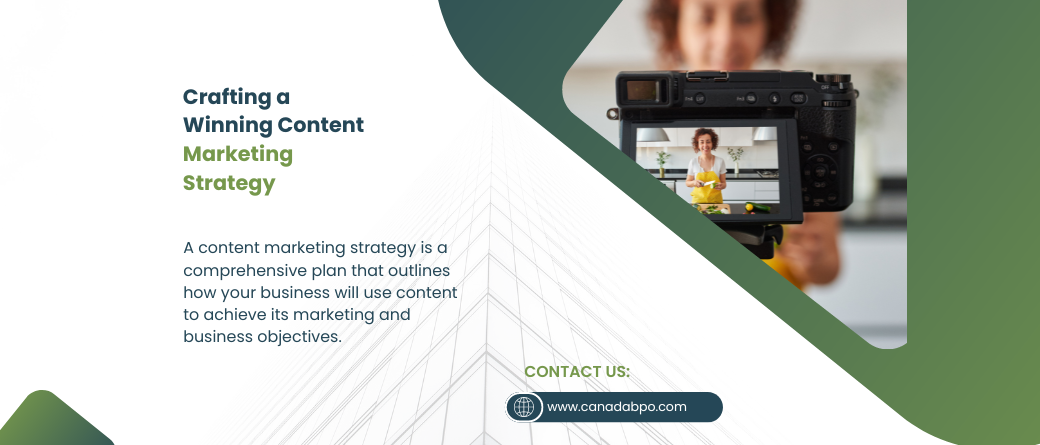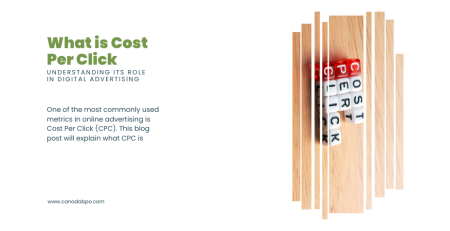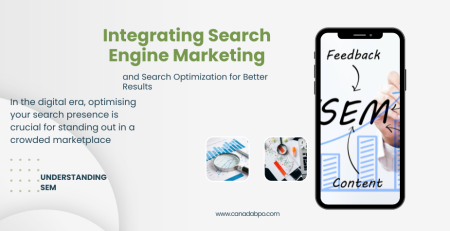In the competitive world of digital marketing, a well-defined content marketing strategy is essential for achieving your business goals and standing out from the crowd. Content marketing is not just about creating content but about creating a plan that drives engagement, builds brand authority, and delivers measurable results. In this blog post, we’ll explore the key elements of a successful content marketing strategy and provide best practices to help you develop and execute a plan that works for your business.
What is a Content Marketing Strategy?
A content marketing strategy is a comprehensive plan that outlines how your business will use content to achieve its marketing and business objectives. It involves defining your target audience, setting goals, creating and distributing content, and measuring its effectiveness. A well-crafted strategy ensures that your content aligns with your brand’s objectives, resonates with your audience, and drives meaningful engagement.
Key Elements of a Content Marketing Strategy
- Define Your Goals and Objectives
Setting clear goals is the foundation of any successful content marketing strategy. Determine what you want to achieve with your content, such as increasing brand awareness, generating leads, driving website traffic, or enhancing customer retention. Your goals should be specific, measurable, achievable, relevant, and time-bound (SMART) to provide a clear direction for your efforts. - Understand Your Target Audience
Knowing your audience is crucial for creating content that resonates with them. Develop detailed buyer personas that outline your ideal customers’ demographics, interests, pain points, and behaviors. Conduct market research, analyze customer data, and gather insights to ensure your content addresses your audience’s needs and preferences. - Conduct a Content Audit
Evaluate your existing content to identify what has been effective and what needs improvement. Analyze metrics such as engagement rates, traffic, and conversion rates to assess the performance of your current content. A content audit helps you understand your content’s strengths and weaknesses and informs your strategy moving forward. - Develop a Content Plan
A content plan outlines the types of content you will create, how often you will publish, and where you will distribute it. This plan should include a content calendar that schedules topics, deadlines, and distribution channels. Consider incorporating a mix of content formats, such as blog posts, infographics, videos, and social media updates, to cater to different audience preferences. - Create a Content Creation Process
Establish a structured content creation process to ensure consistency and quality. Define roles and responsibilities for content creation, editing, and approval. Develop guidelines for tone, style, and branding to maintain a cohesive voice across all content. Implement tools and workflows to streamline the creation and review process. - Optimize Content for SEO
Search engine optimization (SEO) is essential for improving the visibility of your content in search engine results. Conduct keyword research to identify relevant terms and phrases to include in your content. Optimize your content with on-page SEO techniques, such as using appropriate headings, meta tags, and internal linking. Ensure your content is valuable, informative, and user-friendly to enhance its SEO performance. - Distribute Your Content
Effective distribution is key to reaching your target audience. Determine the best channels for distributing your content, such as your website, social media platforms, email newsletters, and industry forums. Tailor your content to each platform and utilize paid promotion options, such as social media ads or sponsored content, to expand your reach. - Engage with Your Audience
Content marketing is not just about broadcasting your message; it’s about engaging with your audience. Encourage interaction by responding to comments, answering questions, and participating in discussions. Foster a sense of community by actively engaging with your audience and addressing their feedback. - Measure and Analyze Performance
Regularly measure and analyze the performance of your content marketing efforts to assess their effectiveness. Use analytics tools to track key metrics such as page views, engagement rates, click-through rates, and conversion rates. Analyze this data to understand what’s working and what needs adjustment. Use insights gained to refine your strategy and improve your content. - Iterate and Improve
Content marketing is an ongoing process that requires continuous improvement. Based on your performance analysis, make data-driven adjustments to your strategy. Experiment with new content formats, topics, and distribution methods to keep your content fresh and engaging. Regularly review and update your strategy to adapt to changing trends and audience preferences.
Best Practices for a Successful Content Marketing Strategy
- Prioritize Quality Over Quantity
Focus on creating high-quality content that provides real value to your audience. Avoid producing content just for the sake of filling a schedule. Quality content is more likely to resonate with your audience, drive engagement, and achieve your marketing goals. - Leverage Data and Insights
Utilize data and insights to inform your content strategy. Analyze audience behavior, preferences, and feedback to guide your content creation and distribution efforts. Data-driven decisions help you create content that aligns with your audience’s needs and enhances its effectiveness. - Stay Consistent
Consistency is key to building brand recognition and trust. Maintain a regular publishing schedule and ensure your content aligns with your brand’s voice and messaging. Consistency helps establish your brand as a reliable source of information and keeps your audience engaged. - Be Adaptable
The digital landscape is constantly evolving, and so should your content marketing strategy. Stay up-to-date with industry trends, emerging technologies, and changes in audience behavior. Be willing to adapt your strategy and experiment with new approaches to stay relevant and competitive. - Focus on Customer-Centric Content
Create content that addresses your audience’s pain points, interests, and needs. Put yourself in your audience’s shoes and develop content that provides solutions, answers questions, and offers valuable insights. Customer-centric content is more likely to resonate and drive meaningful engagement.
A well-crafted content marketing strategy is essential for driving engagement, building brand authority, and achieving your business objectives. By defining clear goals, understanding your target audience, and implementing best practices, you can create a strategy that delivers valuable content and drives measurable results.
Focus on quality, leverage data, and stay consistent while being adaptable to changes in the digital landscape. With a strategic approach and ongoing refinement, you can unlock the full potential of content marketing and elevate your brand in the competitive online space.










